Our Work
CNT delivers innovative analysis and solutions that support community-based organizations and local governments to create neighborhoods that are equitable, sustainable, and resilient.
Recent Work
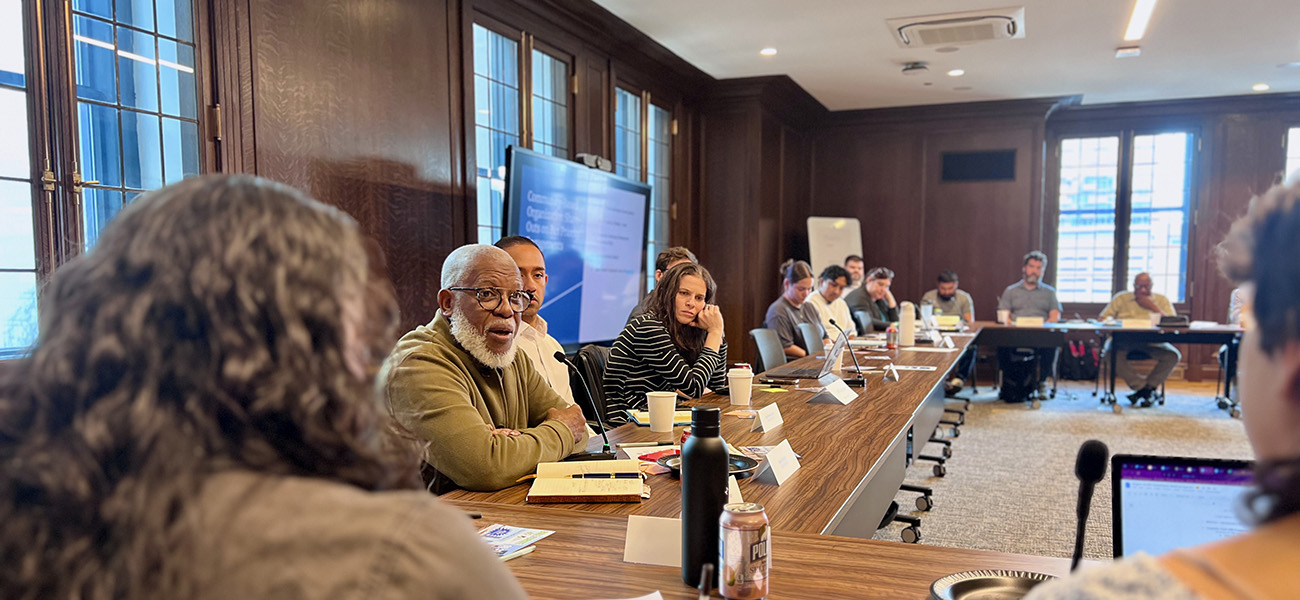
Accountability Framework: new ways to measure community-government collaboration
What are the best ways to track success when community residents and organizations consult with government agencies? more »
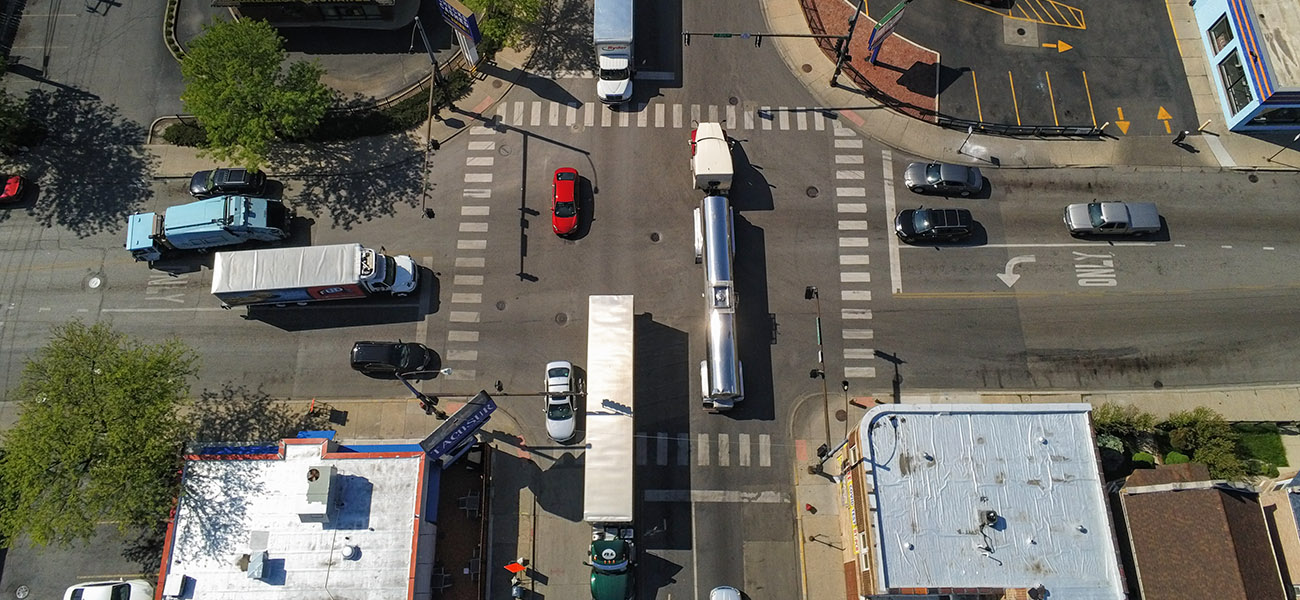
Chicago Truck Data Portal
CNT and the Little Village Environmental Justice Organization counted trucks and buses throughout Chicagoland. The counts available through this open... more »
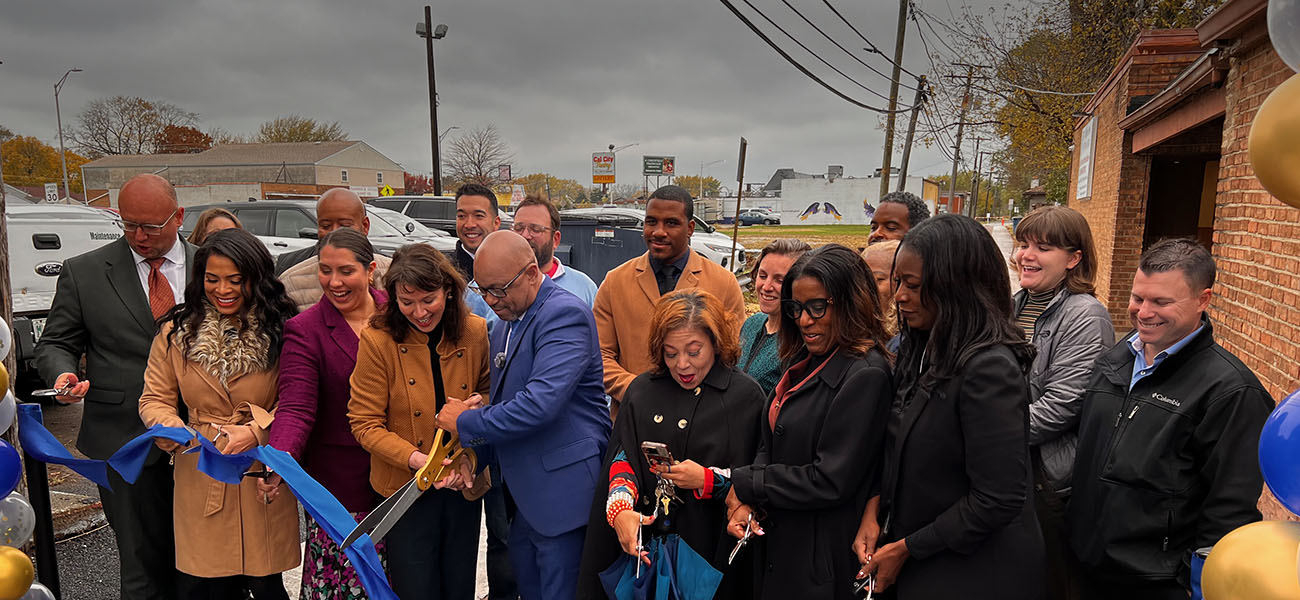
RainReady®
RainReady helps individuals, businesses, and communities find solutions to the problem of urban flooding. more »



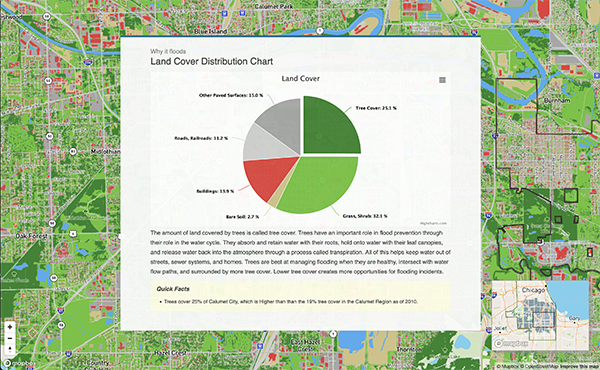
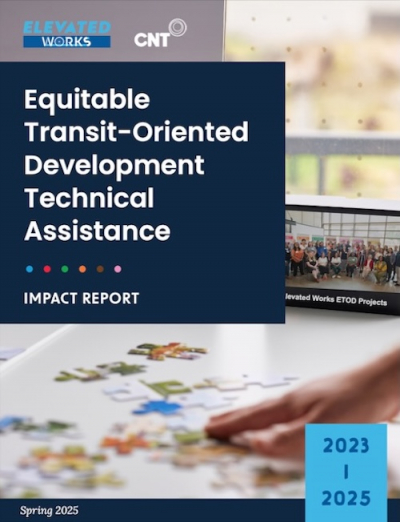
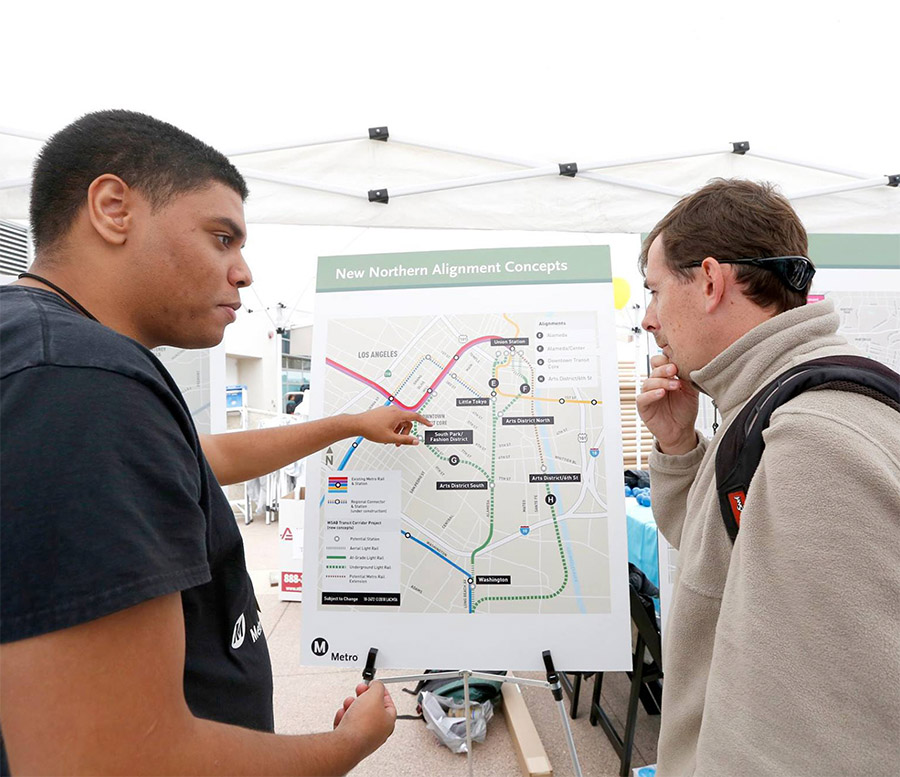 Strengthening Transit Through Community Partnerships
Strengthening Transit Through Community Partnerships